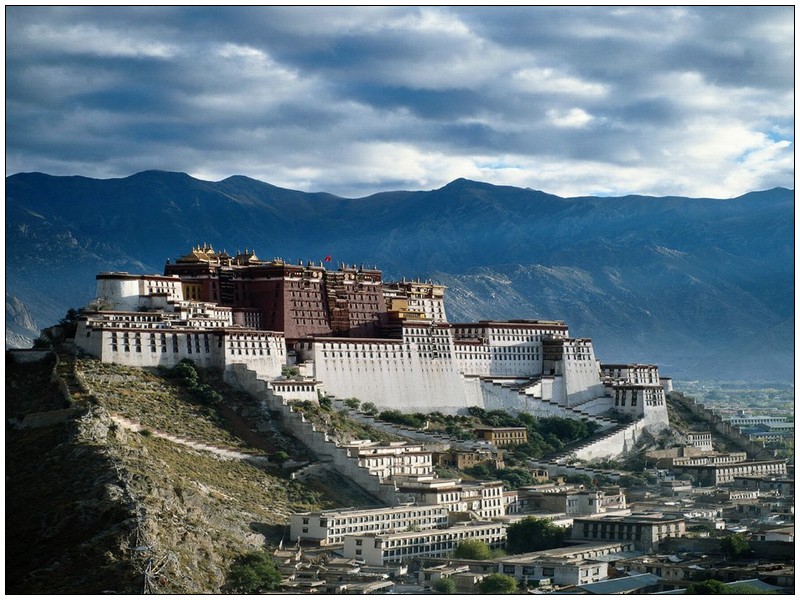
Tibet, officially the Tibet Autonomous Region of China, is a region of breathtaking landscapes, deep spiritual heritage, and unique cultural traditions. Here’s a concise overview:
1. Geography & Climate
- Location: Covers the Tibetan Plateau, the world’s highest and largest plateau (avg. altitude: 4,000–5,000 meters/13,123–16,404 ft).
- Key Landmarks:
- Mount Everest: The world’s highest peak (8,848 meters/29,032 ft), accessible via the North Base Camp.
- Sacred Lakes: Namtso (sky-blue lake), Yamdrok (turquoise waters), and Manasarovar (a holy site for Hindus and Buddhists).
- Glaciers: Source of Asia’s major rivers (Yangtze, Yellow, Ganges, Indus).
- Climate: Cold, arid, and windy, with strong UV radiation due to high altitude.
2. Culture & Religion
- Tibetan Buddhism: Central to daily life, with lamas (monks) and nuns playing key roles. Major sects include Gelug (Yellow Hat), Kagyu, and Nyingma.
- Key Monasteries:
- Potala Palace (Lhasa): A UNESCO World Heritage Site, former home of the Dalai Lama.
- Jokhang Temple (Lhasa): Holiest site in Tibetan Buddhism, housing a sacred statue of Buddha.
- Tashilhunpo Monastery (Shigatse): Seat of the Panchen Lama.
- Festivals:
- Shoton Festival: Celebrates yogurt eating and Tibetan opera.
- Losar: Tibetan New Year, marked by prayer flags, feasts, and dances.
3. Tourism Highlights
- Natural Wonders:
- Mount Everest Base Camp: Panoramic views of the peak (best May–June).
- Namtso Lake: A serene high-altitude lake surrounded by snow-capped mountains.
- Yamdrok Lake: A turquoise glacial lake near Lhasa.
- Cultural Sites:
- Norbu Lingka (Lhasa): Summer palace of the Dalai Lama.
- Drepung Monastery (Lhasa): Largest Tibetan Buddhist monastery.
- Adventure: Trekking in the Himalayas, cycling the Lhasa-Shigatse route, or visiting nomadic yak herders.
4. Unique Traditions & Art
- Thangka: Intricate Buddhist painted scrolls.
- Butter Sculptures: Elaborate carvings made from yak butter for religious ceremonies.
- Folklore: Epic tales like King Gesar and traditional dances (e.g., Guozhuang).
5. Practical Considerations
- Travel Permits: Foreigners need a Tibet Travel Permit (arranged via a local agency).
- Altitude Sickness: Acclimatize in Lhasa (3,650 meters/11,975 ft) before traveling to higher areas.
- Best Time to Visit: May–October (mild weather; avoid winter’s extreme cold).
6. Economy & Transportation
- Economy: Relies on agriculture (yak herding, barley), tourism, and mining.
- Transport:
- Qinghai-Tibet Railway: World’s highest railway (connects Lhasa to Xining/Beijing).
- Lhasa Gonggar Airport: Flights to major Chinese cities.
- Roads: National Highway 318 (Lhasa to Shanghai) is a popular scenic drive.
7. Unique Features
- Spiritual Significance: Home to the Dalai Lama (in exile since 1959) and a center for Buddhist pilgrimage.
- Environmental Role: Known as the “Third Pole” due to its glaciers and role in Asia’s water systems.
Tibet’s blend of rugged beauty, spiritual depth, and cultural resilience makes it a transformative destination. Visitors often describe it as a journey of both physical and spiritual exploration. 🏔🙏